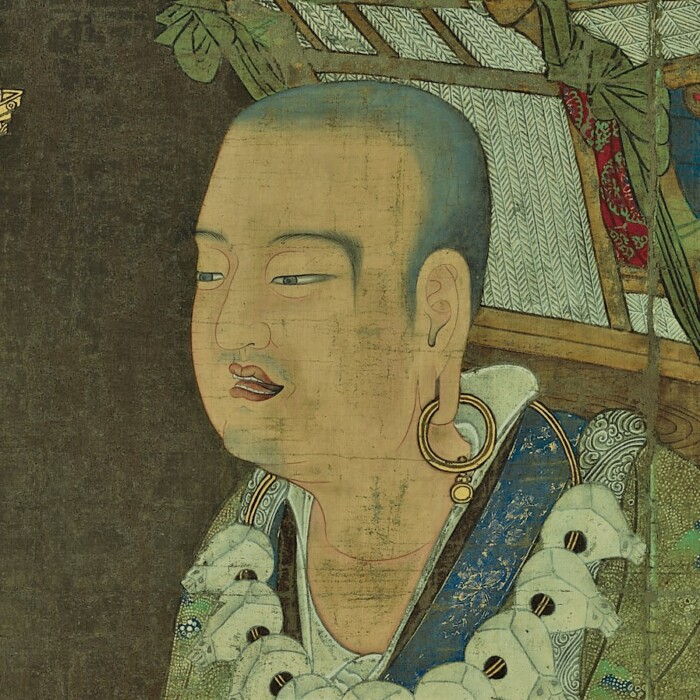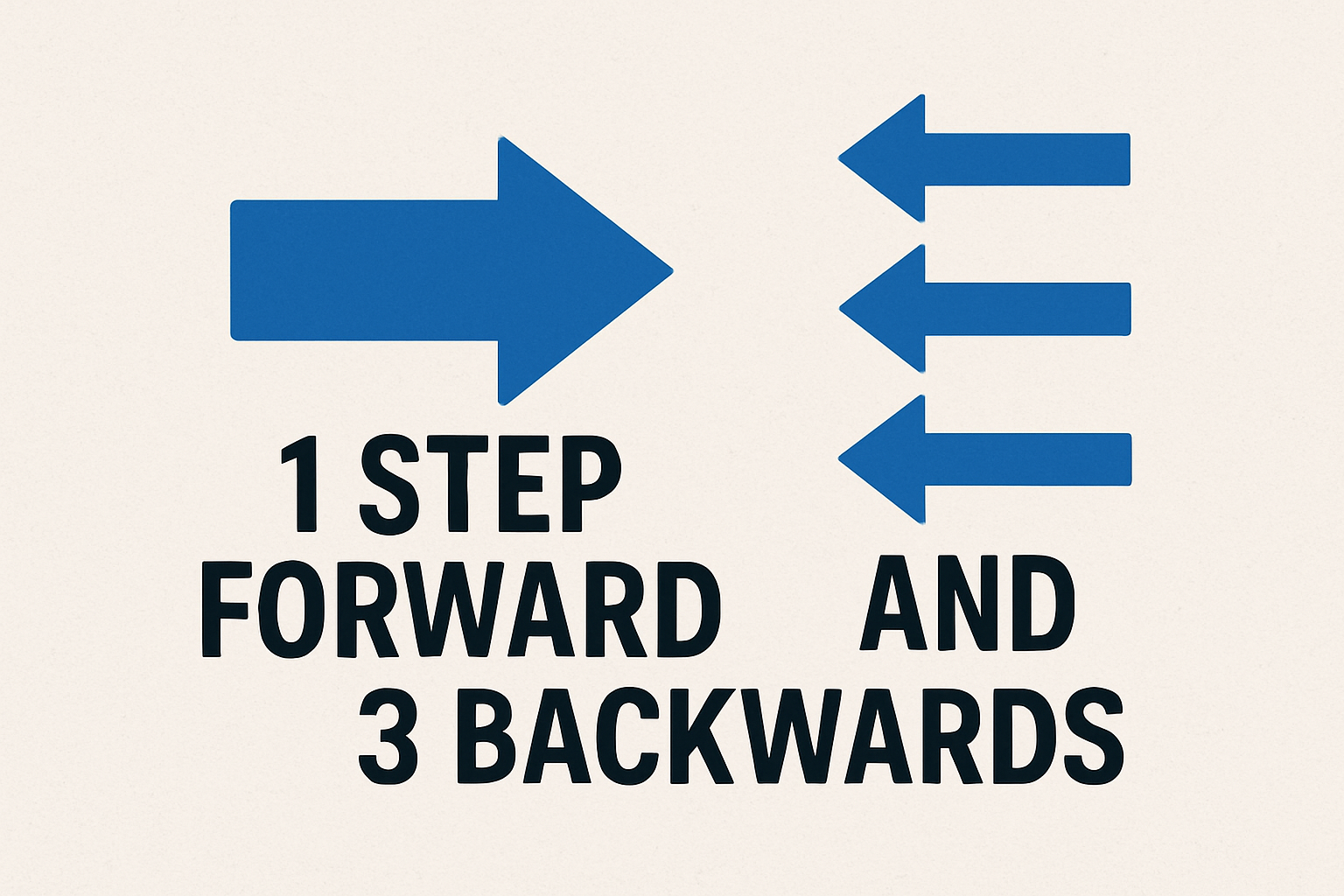Xuanzang journey to the west was the story of a Chinese monk, scholar, and great traveler. The Buddhist monk's name was Xuanzang (602-664).
He considered himself the first Chinese spiritual personality who traveled to India to learn Chinese Buddhism and Indian Buddhism. His real name was Chen Hui. During the 7th century, humans only knew the old world (the world including, Africa, Asia, and Europe), and the new world (America) was unknown. However, the new world formed when European made the first contact with America.
Xuanzang journey to the west was the main reason of buddhist text and studies

India was “Shen du” the earliest name after the river Sindhu
While, Indus Valley civilization was gradually evolving. There, a long Sindhu River, today it has got some twist and modern turns and known as Indus River. India was “Shen du” its earliest name, after the river Sindhu. "India's name was Tianzhu in Chinese references." Today, India is known as Yen du, and the English name is India. And, in Hindi, Bharat Ganarajya (derived from the famous Indian epic, the Mahabharata).
Nalanda, an ancient Buddhist university
Xuanzang was born in Henan (the central part of the China) is also called as Central Plain. Some missing text developed the urge in him to visit India. Being the first Chinese traveller to India, he dared almost 17 years of journey to India. During those days, he visited Nalanda, an ancient Buddhist university. All this long journey made his mind to invest these years due to misinterpretation of Buddhist texts that had reached to China from India.

To know his journey in details, read “The Silk Road journey with Xuanzang” as well as, narrates the civilization of 7th century. The scholarly developed brain, first taught by his father and later from his elder brother. Both studied Mahayana (Buddhist traditional texts and philosophies) mostly created in India. These philosophies and teachings are considered one of the two main sources of Buddhism.
Xuanzang's Travel To Ancient India
His venture of travel to India for continuous 17 years to discover the heart of Buddhism at the real source in India. This journey also known as “Journey to the West”. When Xuanzang started his journey in 627. He took three years to reach Turpan in 630. It was king of Turpan who made him well-equipped with all the necessaries for his further travel. Through Afghanistan, Kabul he reached Jalalabad and Laghman, where he thought that he is in the territory of India.

There he met Jains and Hindu. Afghanistan was the part of India before its separation in 1876. Xuanzang mate many monks, visited stupas and monasteries. Among them was famous Kanishka Stupa. It was built during second century by Kanishka. Today it is called Shaji Ki Dheri, located in annex Pershwar, Pakistan. In 1908, the first excavation was done by American archaeologist, David Spooner.
Xuanzang journey to the west and then Travel back to China
When Xuanzang arrived in Kashmir in 631, he met one of these gurus (the most experienced monk), Samghyasas, and received extensive education from him. His sole mission was to interpret and spread Buddha's empyreal teachings. Xuanzang found himself in a different state of mind, acquired unfamiliar knowledge and the culture of Buddhism. He spent two to three years exploring and experiencing more than 5,000 monastics and over 100 religious residences. During those days, he studied the history, culture, and economy of India.
At his return to homeland, he was greeted with Many honours. However, Xuanzang promptly grabbed a cloister and spent his rest of the life translating those collected texts until his death. In the book Relics of The Buddha, the writer John S Strong and Stephen Teiser said (in biography of Xuanzang) "Over six hundred Mahayanas and Hinayanas text, seven statues of the Buddha and more than a hundred sarira relics." His contribution in Chinese literature, interpreted texts are in 75 titles and 235 volumes considered masterpieces.
MORE MUST-READ STORIES
You may also like How did King Alexander (356 BC–323 BC) conquer the largest land in the world? and spread his empire across the world thanks to his miracle eyes and extraordinary mind. Therefore, don't forget to read the letter of Leo Tolstoy to Mahatma Gandhi


















